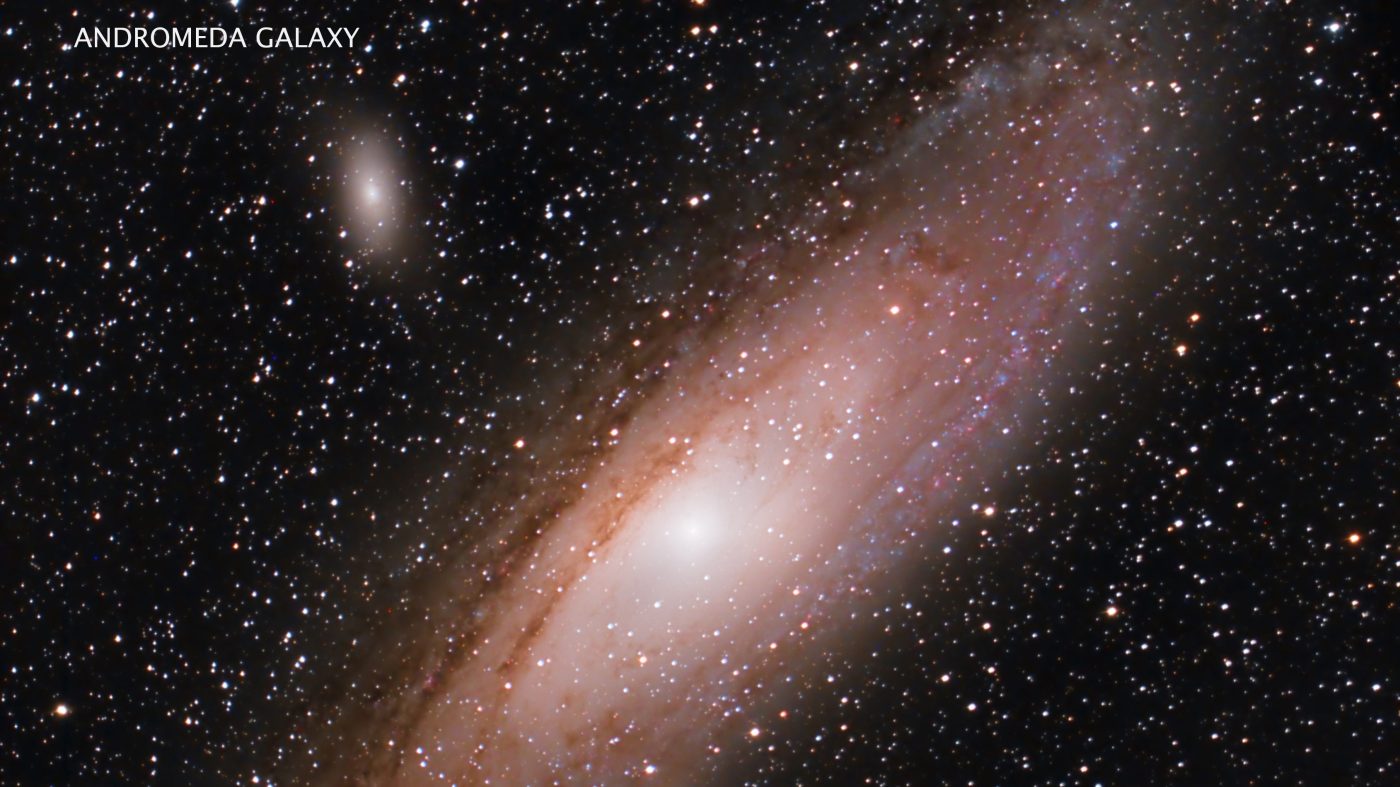
Skywatch: The season to be under the stars
No matter what holidays you celebrate this time of year, there’s much to celebrate in the night sky in December. There’s even a little Christmas tree in the night sky that I’ll tell you about in a bit.
We have a major and a minor meteor shower this month. It’s the annual Geminid meteor shower. It peaks on the night of Dec. 13-14. No moonlight means lovely dark skies for the Geminids this year, making catching the meteors, even the fainter ones, much easier. I’ll have much more about the Geminids in next week’s column.
This year’s winter solstice is on Dec. 21, otherwise known as the official first day of winter. On winter solstice day the sun shines directly over the Tropic of Capricorn on the winter solstice. It’s the longest night of the year in the Northern Hemisphere. From then until late next June, the sun’s path among the backdrop of stars will slowly migrate northward, and the sun will appear higher and higher in the sky in the northern hemisphere, and days will get longer and longer.
We can still see a few summer constellations in the early evening western sky despite it being December. Look for the “Summer Triangle” of stars: Vega, Altair, and Deneb, the brightest stars in their respective constellations, Lyra the Lyre, Aquila the Eagle, and Cygnus the Swan. Deneb is at least 1,400 light-years away and marks the tail of Cygnus the Swan.
Within the constellation Cygnus is the wonderful asterism, the Northern Cross. This time of year, the Northern Cross stands upright above the northwest horizon. I think everyone has heard of the famous Southern Cross constellation, seen in the Southern Hemisphere and southern portions of the Northern Hemisphere. The Southern Cross is brighter, but the Northern Cross is larger.
Elsewhere in the December evening sky, the great horse Pegasus rides high in the south with Cassiopeia the Queen, resembling a bright “W,” perched high in the north. Meanwhile, the Big Dipper hangs very low in the early evening northern sky, and depending on where you live, it may be partially below the horizon.
(Mike Lynch)
Among the constellations in the evening sky are the planets Jupiter and Saturn. Jupiter is the brighter of the two, shining like crazy in the eastern sky, and Saturn is in command in the lower southwest sky. On the 17th, the new crescent moon will be perched just to the lower left of Saturn. On Dec. 21, look for the waxing gibbous moon in tight conjunction with Jupiter, just to the right of the largest planet in our solar system. The next night, on the 22nd, the moon will be just to the upper left of the Jovian giant. Using even a small telescope, you should easily resolve Saturn’s beautiful ring system, as well as the nightly show put on by Jupiter’s four moons. They appear like little stars on either side of Jupiter’s disk and continually change their positions as they orbit the enormous planet.
The later you stay up in the evening, the better you’ll see the fabulous winter constellations. The best one is Orion the Hunter. Its calling card is the three bright stars in a row that make up his belt. Preceding Orion is the bright constellation Taurus the Bull, with the beautiful Pleiades star cluster. There’s also Auriga, a constellation resembling a lopsided pentagon, with the bright star Capella marking one of the corners. Auriga is supposed to be a chariot driver turned goat farmer. Just north of Orion is the constellation Gemini the Twins, with the bright stars Castor and Pollux that mark the heads of the twins Castor and Pollux.
As promised, I want to tell you about the Christmas Tree Cluster, more formally known as NGC-2264. All you need to see the cluster is a pair of binoculars. It’s high enough in the sky for decent viewing between 8 and 9 p.m. The best way to find it is to use the constellation Orion. On the upper left corner of Orion is Betelgeuse, a bright reddish star that marks the hunter’s armpit. On the upper right corner of Orion is Bellatrix, not quite as bright as Betelgeuse. Draw a line from Bellatrix to Betelgeuse and continue that line about ten degrees to Betelgeuse’s lower left. Ten degrees is about the width of your fist at arm’s length. Scan that area with your binoculars or a telescope, and you should eventually find the Christmas Tree Cluster. Your Sky Guide app will help you pinpoint it.
Once you find the cluster, you’ll see about twenty stars arranged in the shape of a Christmas tree, but its brightest star is actually at the tree’s base. I know it will add to your holiday spirit!
Mike Lynch is an amateur astronomer and retired broadcast meteorologist for WCCO Radio in Minneapolis/St. Paul. He is the author of “Stars: a Month by Month Tour of the Constellations,” published by Adventure Publications and available at bookstores and adventurepublications.net. Mike is available for private star parties. You can contact him at mikewlynch@comcast.net.
Related Articles
Skywatch: Your guide to buying a telescope for holiday giving
Skywatch: Jupiter’s jumped in
Skywatch: A lion spewing shooting stars
Skywatch: Best constellation of autumn? A horse, of course


